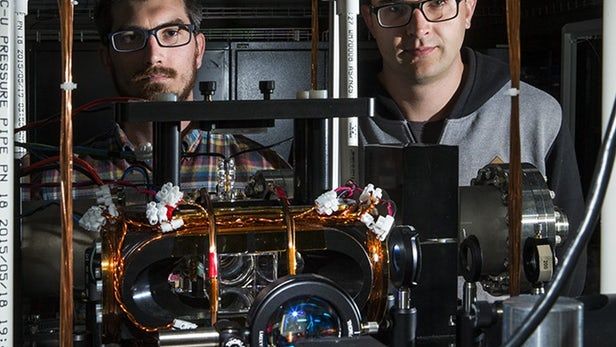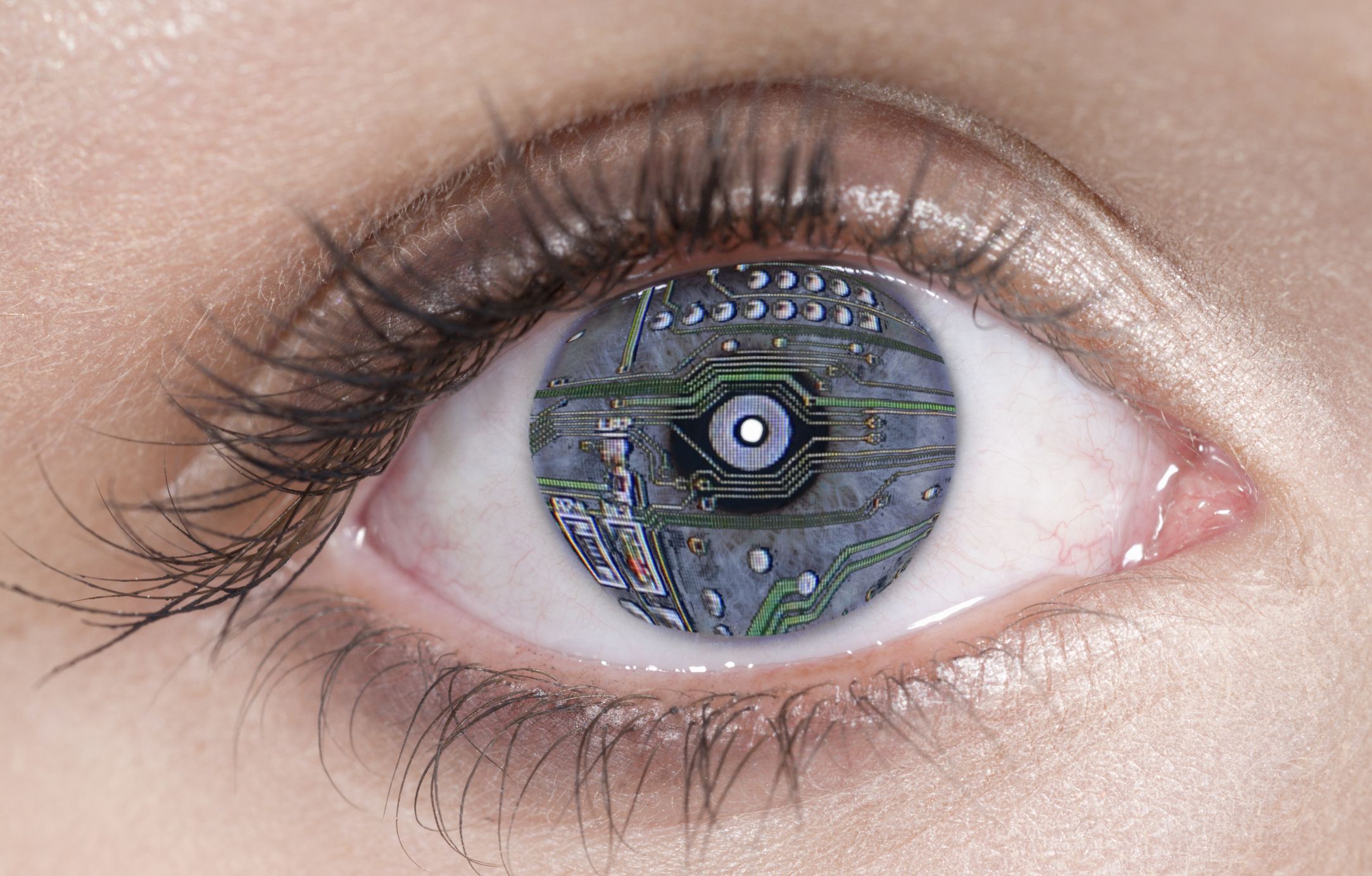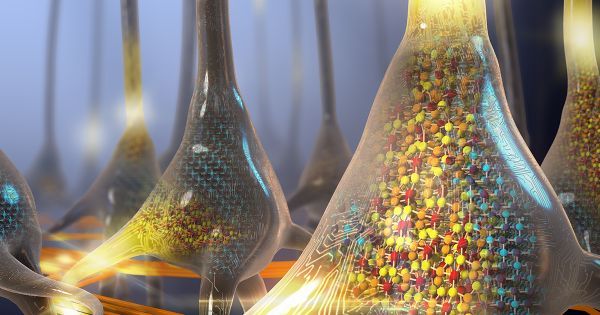Archive for the ‘computing’ category: Page 702
Oct 2, 2016
Science, Technology, and the Future of Warfare
Posted by Karen Hurst in categories: 3D printing, biotech/medical, computing, economics, existential risks, governance, military, nanotechnology, policy, robotics/AI, science, security
Nice POV read.
We know that emerging innovations within cutting-edge science and technology (S&T) areas carry the potential to revolutionize governmental structures, economies, and life as we know it. Yet, others have argued that such technologies could yield doomsday scenarios and that military applications of such technologies have even greater potential than nuclear weapons to radically change the balance of power. These S&T areas include robotics and autonomous unmanned system; artificial intelligence; biotechnology, including synthetic and systems biology; the cognitive neurosciences; nanotechnology, including stealth meta-materials; additive manufacturing (aka 3D printing); and the intersection of each with information and computing technologies, i.e., cyber-everything. These concepts and the underlying strategic importance were articulated at the multi-national level in NATO’s May 2010 New Strategic Concept paper: “Less predictable is the possibility that research breakthroughs will transform the technological battlefield … The most destructive periods of history tend to be those when the means of aggression have gained the upper hand in the art of waging war.”
As new and unpredicted technologies are emerging at a seemingly unprecedented pace globally, communication of those new discoveries is occurring faster than ever, meaning that the unique ownership of a new technology is no longer a sufficient position, if not impossible. They’re becoming cheaper and more readily available. In today’s world, recognition of the potential applications of a technology and a sense of purpose in exploiting it are far more important than simply having access to it.
Continue reading “Science, Technology, and the Future of Warfare” »
Oct 2, 2016
How deep learning allowed computers to see
Posted by Elmar Arunov in categories: computing, robotics/AI
One of the biggest challenges of the 21st century is to make computers more similar to the human brain. We want them to speak, understand and solve problems — and now we want them to see and recognize images.
For a long time, our smartest computers were blind. Now, they can see.
This is a revolution made possible by deep learning.
Continue reading “How deep learning allowed computers to see” »
Oct 1, 2016
A Deeper Look into Quantum Mechanics
Posted by Karen Hurst in categories: computing, quantum physics

Winfried Hensinger is the director of the Sussex Centre for Quantum Technologies in England, and he has spent a lifetime devoted to studying the ins and outs of quantum mechanics and just what it can do for us. When Hensinger first started in the field, quantum computing was still very much a theory, but now it is all around us, and various projects are within reach of creating a universal quantum computer. So, now that scientists are taking quantum computing more seriously it won’t be long before the field begins to explode and applications that we never even imagined possible will become available to use.
Oct 1, 2016
Controversial AI has been trained to kill humans in a Doom deathmatch
Posted by Shane Hinshaw in categories: computing, robotics/AI

A competition pitting artificial intelligence (AI) against human players in the classic video game Doom has demonstrated just how advanced AI learning techniques have become – but it’s also caused considerable controversy.
While several teams submitted AI agents for the deathmatch, two students in the US have caught most of the flak, after they published a paper online detailing how their AI bot learned to kill human players in deathmatch scenarios.
Continue reading “Controversial AI has been trained to kill humans in a Doom deathmatch” »
Sep 30, 2016
New Quantum-Powered AI Exoskeleton Lets One Person Do the Work of Four
Posted by Karen Hurst in categories: computing, cyborgs, quantum physics, robotics/AI, wearables
As the saying goes, “If you want something done right, you gotta do it yourself,” and it seems that you’ll soon be able to get a lot more done using artificially intelligent, high-tech exoskeleton Kindred. It’s the product of a startup created by quantum computing company D-Wave’s founder Geordie Rose, and according to the venture capital firm funding Kindred, the device “uses AI-driven robotics so that one human worker can do the work of four.”
Based on a patent application, the wearable system is envisioned as a 1.2-meter tall humanoid that may be covered with synthetic skin. It will include a head-mounted display and an exo-suit of sensors and actuators that carries out everyday tasks.
Essentially, it looks something like Spider-Man’s Doctor Octopus on the outside, but on the inside, Kindred utilizes quantum computation, a way of information processing and storage that is much faster and more powerful than that used by conventional computers. Data “learned” by the suit can be taught to other robots, allowing those robots to then perform the tasks autonomously.
Continue reading “New Quantum-Powered AI Exoskeleton Lets One Person Do the Work of Four” »
Sep 30, 2016
Modern Jedi Physicists Freeze Light In Mid-Air: Bringing Quantum Computers Closer To Reality
Posted by Karen Hurst in categories: computing, particle physics, quantum physics
“It’s clear that the light is trapped — there are photons circulating around the atoms,” Everett says. “The atoms absorbed some of the trapped light, but a substantial proportion of the photons were frozen inside the atomic cloud.”
Co-researcher Geoff Campbell from ANU explained that while photons commonly pass by each other at the speed of light without any interactions, atoms interact with each other more freely.
“Corralling a crowd of photons in a cloud of ultra-cold atoms creates more opportunities for them to interact,” Campbell says.
Sep 30, 2016
Quantum research race lights up the world
Posted by Karen Hurst in categories: computing, quantum physics
The race towards quantum computing is heating up. Faster, brighter, more exacting – these are all terms that could be applied as much to the actual science as to the research effort going on in labs around the globe.
Quantum technologies are poised to provide exponentially stronger computational power and secured communications. But the bar is high – advances are hard won and competition is intense.
At the forefront of the candidates to implement such technologies is the field of quantum photonics, particularly light sources that emit photons one at a time to be used as carriers of information.
Sep 30, 2016
Jedi scientists freeze light in midair to bring quantum computers a step closer to reality
Posted by Shane Hinshaw in categories: computing, particle physics, quantum physics

Remember that scene in “The Force Awakens” where the dark side warrior Kylo Ren stops a laser blast in mid-air? In a Canberra laboratory, physicists have managed a feat almost as magical: they froze the movement of light in a cloud of ultracold atoms. This discovery could help bring optical quantum computers from the realms of sci-fi to reality.
The experiment, published in a paper this week, was inspired by a computer stimulation run by lead researcher Jesse Everett from the Australian National University. The researchers used a vaporized cloud of ultracold rubidium atoms to create a light trap, into which they shone infrared lasers. The light trap constantly emitted and re-captured the light.
Sep 30, 2016
IBM Just Made Artificial Neurons to Help Computers Mimic Our Brains
Posted by Elmar Arunov in categories: computing, neuroscience
In Brief.
Scientists at IBM achieve another breakthrough by recreation of artificial neurons that successfully respond to phase changes due to electric signals while using very little power, much like the human brain.
Even after all the developments in computers, the human brain remains by far, the most complex, sophisticated, and powerful computer in existence. And for decades, scientists have been looking for ways to translate its processing mechanisms into a system that machines can replicate.
Continue reading “IBM Just Made Artificial Neurons to Help Computers Mimic Our Brains” »














